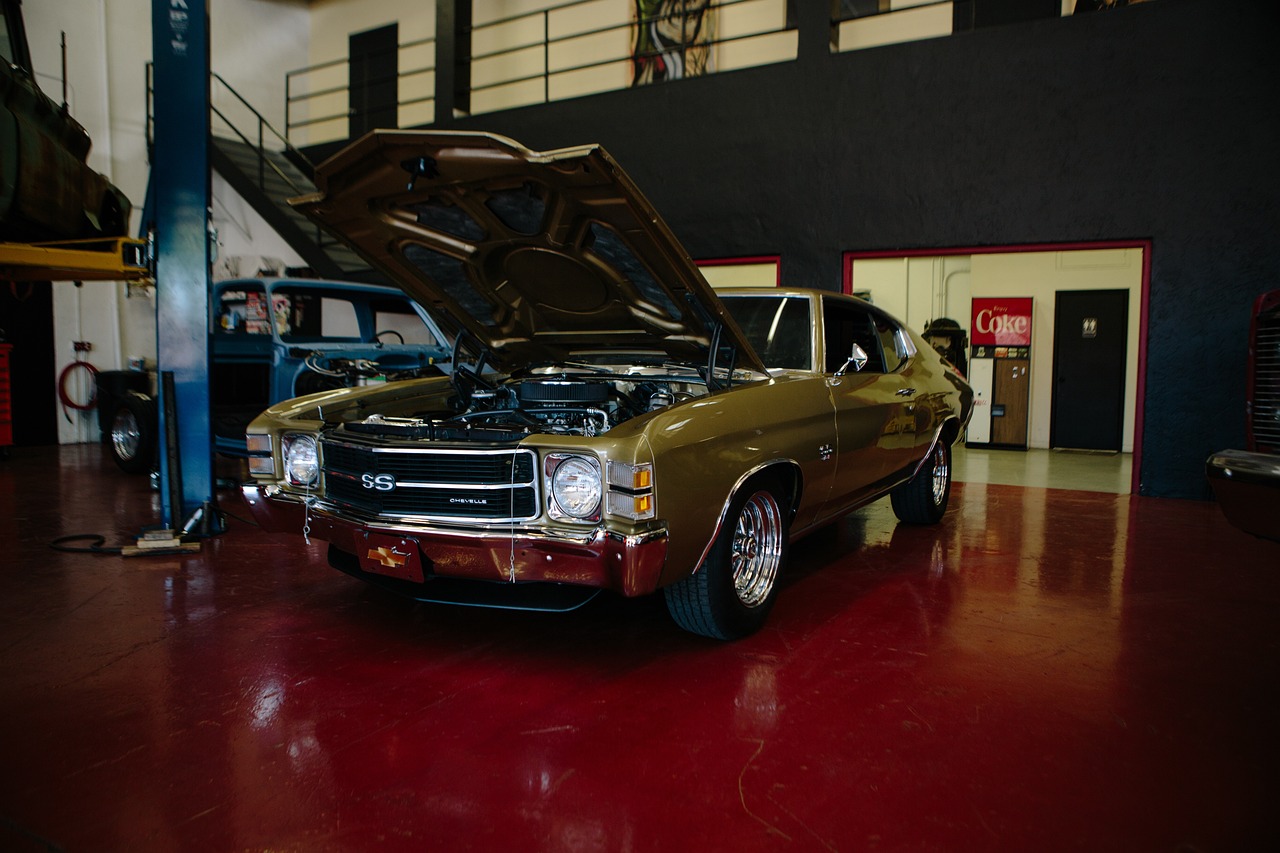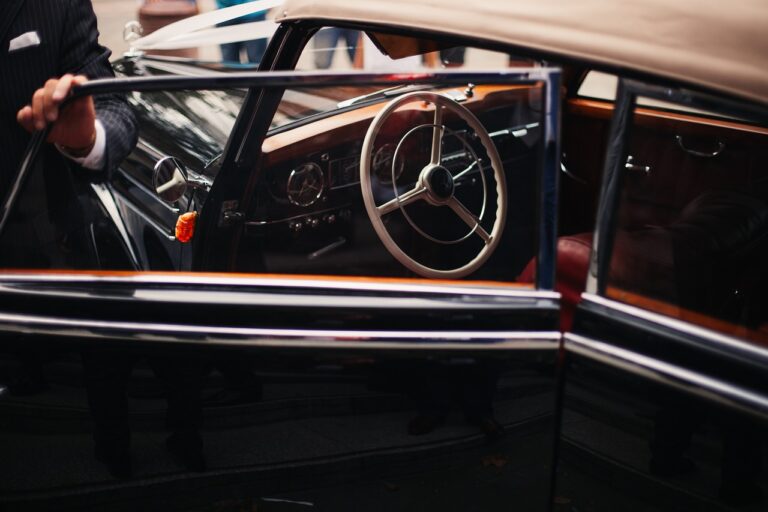How Virtual Reality is Changing Car Design and Manufacturing
Virtual Reality technology has revolutionized the way car designers conceptualize and develop new vehicle models. By immersing themselves in a virtual environment, designers can visualize every detail of a car’s interior and exterior before a physical prototype is even created. This advanced technology allows for more precise and efficient design iterations, reducing the time and costs typically associated with traditional design processes.
Moreover, Virtual Reality technology enables designers to test various features and functionalities of a vehicle in a simulated environment, leading to the identification and resolution of potential design flaws before production begins. This not only streamlines the design process but also enhances the overall quality and performance of the final product. The use of Virtual Reality in car design is not only pushing the boundaries of creativity but also setting new standards for innovation in the automotive industry.
Enhancing Collaboration in Automotive Industry
Collaboration in the automotive industry is essential for driving innovation and staying competitive in the fast-paced market. By fostering stronger relationships between designers, engineers, and manufacturers, companies can streamline processes and bring high-quality products to the market more efficiently. Through improved communication and cooperation, all stakeholders can contribute their expertise effectively, leading to the development of cutting-edge vehicles that meet consumer needs and preferences.
Embracing digital tools and platforms has revolutionized the way teams collaborate in the automotive sector. Virtual reality technology, for instance, enables designers and engineers to work together in immersive environments, enhancing their ability to visualize concepts and make real-time adjustments. This level of interconnectedness and shared vision accelerates the product development cycle, resulting in faster production timelines and ultimately, a better end product for customers.
How can virtual reality technology be used in car design in the automotive industry?
Virtual reality technology allows designers to create and visualize car designs in a 3D virtual environment, enabling them to make real-time changes and improvements before physical production.
What are some benefits of enhancing collaboration in the automotive industry?
Enhancing collaboration in the automotive industry can lead to improved innovation, faster product development, cost savings, and better overall quality of products.
How can automakers improve collaboration with suppliers and partners?
Automakers can improve collaboration with suppliers and partners by implementing communication tools, sharing information and resources, setting clear goals and expectations, and fostering a culture of mutual respect and trust.
What role does technology play in enhancing collaboration in the automotive industry?
Technology plays a crucial role in enhancing collaboration in the automotive industry by providing tools for communication, project management, data sharing, and virtual collaboration.
How can companies in the automotive industry ensure successful collaboration efforts?
Companies in the automotive industry can ensure successful collaboration efforts by establishing clear communication channels, fostering open dialogue and feedback, aligning goals and objectives, and continuously evaluating and improving collaboration processes.





